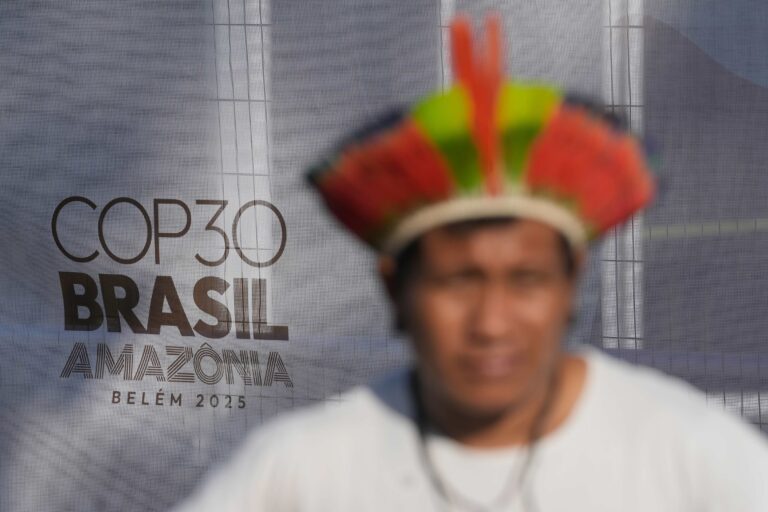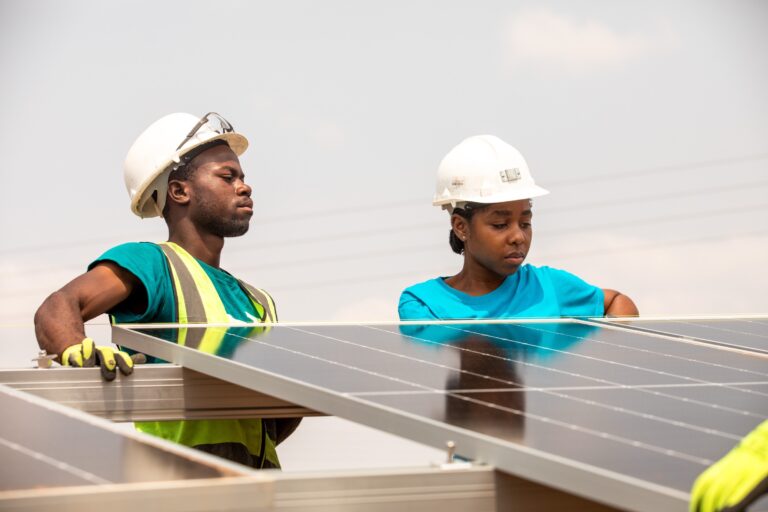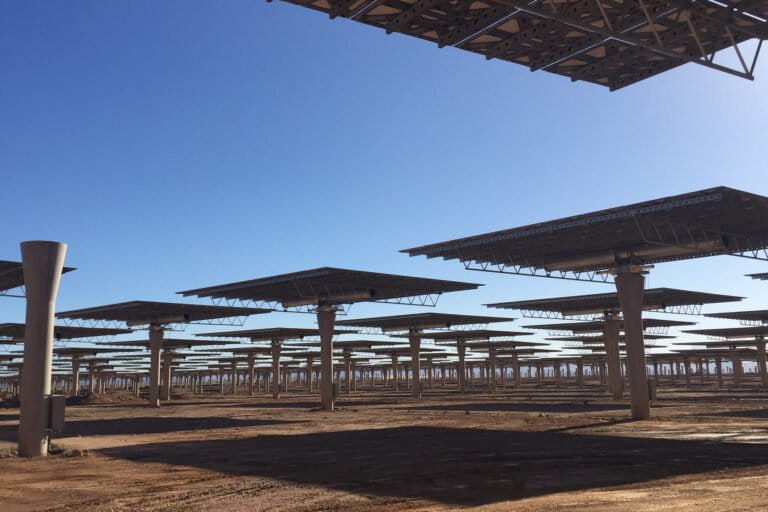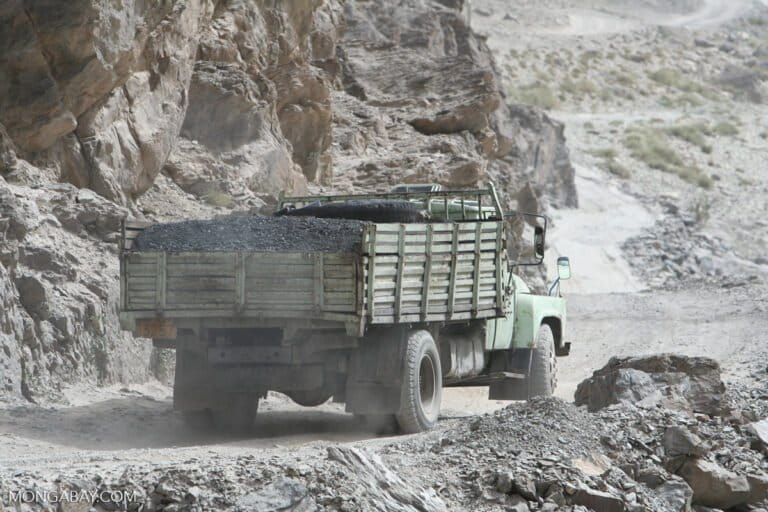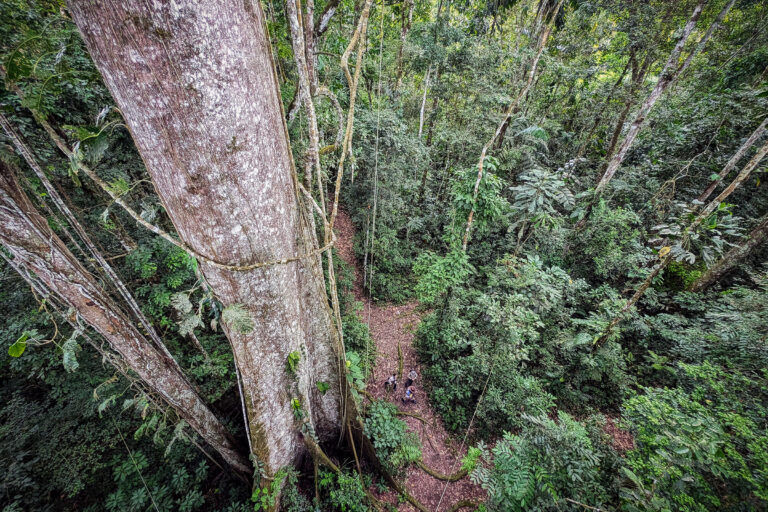- Civil society leaders in Nepal continue to raise concerns about the in-development Tanahu hydropower project in Gandaki province, citing a lack of proper consultation, inadequate compensation for displacement, and environmental impacts.
- Project developer Tanahu Hydropower Limited (THL), a subsidiary of the national electricity utility, says it has completed the consultation process.
- Half of the complaints against hydropower projects in Nepal documented by a rights watchdog are related to the Tanahu project, which receives funding from the Asian Development Bank, European Investment Bank and World Bank.
- Most of Nepal’s electricity is generated through hydropower, and the government plans to expand the country’s generating capacity nearly eightfold to 28,500 megawatts by 2035.
Nepal has long relied on hydropower projects to meet most of its energy needs, but recent complaints from Indigenous and local communities have cast a shadow over the development of some projects — particularly the Tanahu project.
The project is being developed by Tanahu Hydropower Limited (THL), a subsidiary of the state-owned Nepal Electricity Authority (NEA). It’s expected to be completed next year in Gandaki province. But for many members of communities in the affected area, “none of our demands have been fulfilled to this day,” says Til Bahadur Thapa Magar, chair of local campaign group the Tanahu Hydropower Project’s Struggle Committee. Local communities and Indigenous peoples say the project was implemented without proper consultation and failed to respect their rights to land, territory, and free, prior and informed consent (FPIC).
In 2023, U.S.-based human rights watchdog Accountability Counsel documented a series of 16 complaints against hydropower projects in Nepal, many with funding from international institutions such as the Asian Development Bank (ADB), European Investment Bank (EIB) and World Bank. These projects, including the Tanahu project, which is funded by the ADB and EIB, have been accused of failing to meet their due diligence requirements during the approval process.
“Even though these projects have records of not fully adhering to environmental and social compliance and respecting Indigenous and community people’s rights and decisions, they [international development banks] keep supporting more and more projects,” said Sutharee Wannasiri, communities associate at the Accountability Counsel.
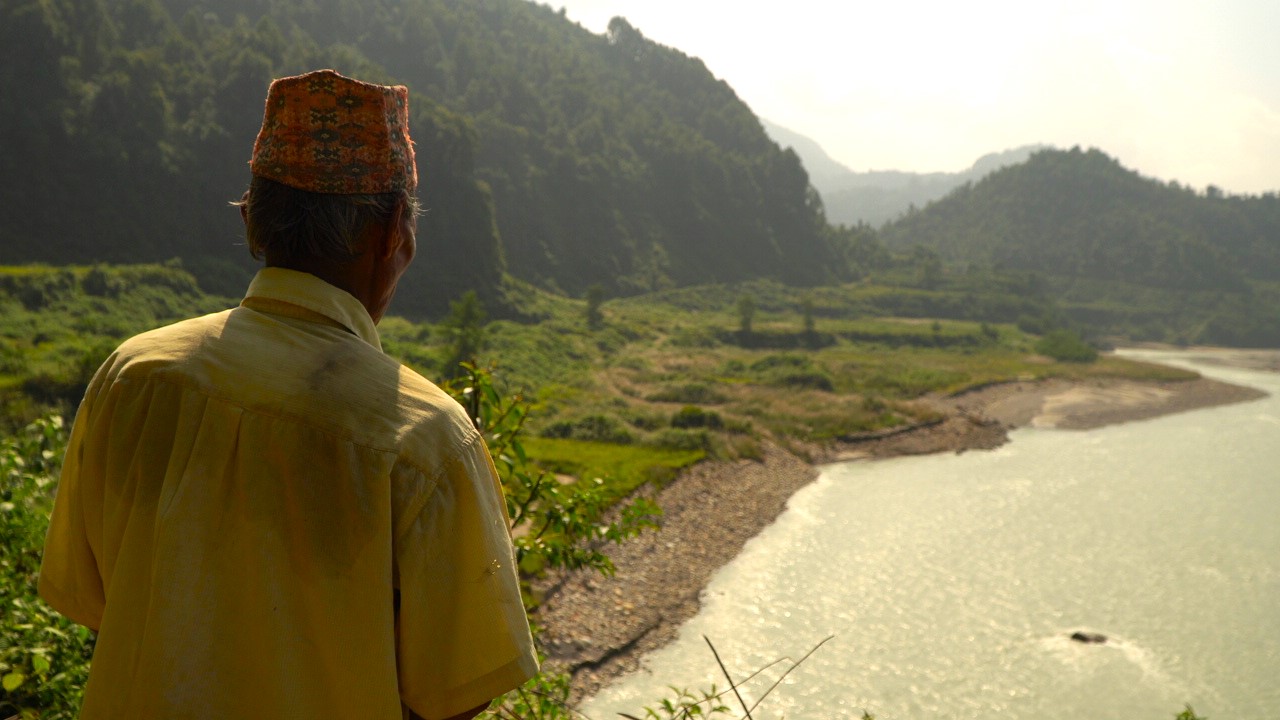
Of the 16 complaints recorded, half are related to Tanahu. Three of these are labeled as “closed without outputs” — meaning the submitted complaints haven’t reached a dispute resolution agreement. Five of the complaints related to the project are active, and civil society leaders say resolutions are not being complied with.
A spokesperson for the EIB said the institution is committed to integrating its human rights principles throughout the initiatives in which it invests. “The EIB fully acknowledges the important role that civil society plays in the promotion and protection of these human rights principles, and will remain in contact with the CSOs, monitoring all projects to update them about the progress,” the spokesperson said.
Mongabay reached out to Tanahu Hydropower Limited and the ADB for comment on the complaints, but didn’t receive a response by the time this article was published.
The Nepal Electricity Authority said the Tanahu project was developed in consultation with local Magar communities, though it didn’t respond to whether they were given the opportunity to free consent to or reject the project, in line with international rights. NEA spokesperson Rajan Dhakal told Mongabay that people are receiving compensation for their displacement, and that this is a source of dispute.
“Communities at times demand higher compensation for lands that are highly exceeding the land evaluation rates, which invites more disputes that delay the project development,” Dhakal said.
Campaign leader Magar said many members of Indigenous Magar communities — of which he’s one — have opposed the 140-megawatt project since it was introduced in 2012. “We had repeatedly filed complaints [with the development banks] as we were never consulted if we wanted the project,” he said. “Magar communities that are located within the project area are still forced to sell their lands at evaluation rates solely determined by the NEA. We had demanded lands in compensation for the occupied lands, but the government made us sell our lands at their own prices.”
The complaints range from inadequate information disclosure, impact on sacred sites, environmental degradation, to forest loss and potential impacts on the flow and biodiversity in the Seti River.
“Despite repeated complaints, there is no reparation in sight for people in the community,” Magar said.
Although the workers began pouring concrete for the dam this year, Magar said only a few households have sold their lands, while others continue to resist the development.
Prabindra Shakya, director of the Community Empowerment and Social Justice Network (CEMSOJ), which has monitored the project since its early stages, also pointed to a lack of proper consultation and the EIB’s slow compliance mechanism. “Regarding the review of the project’s compliance with EIB’s safeguards that a few of the affected community people demanded, the EIB has not responded or shared a report on the issue even after more than a year has passed,” he said.
In July 2025, the Indigenous Peoples Advisory Group, an international advisory body, recommended reforms to the ADB’s accountability mechanism, such as raising awareness in communities about its safeguards and accountability mechanisms during the early stages of projects that it funds.
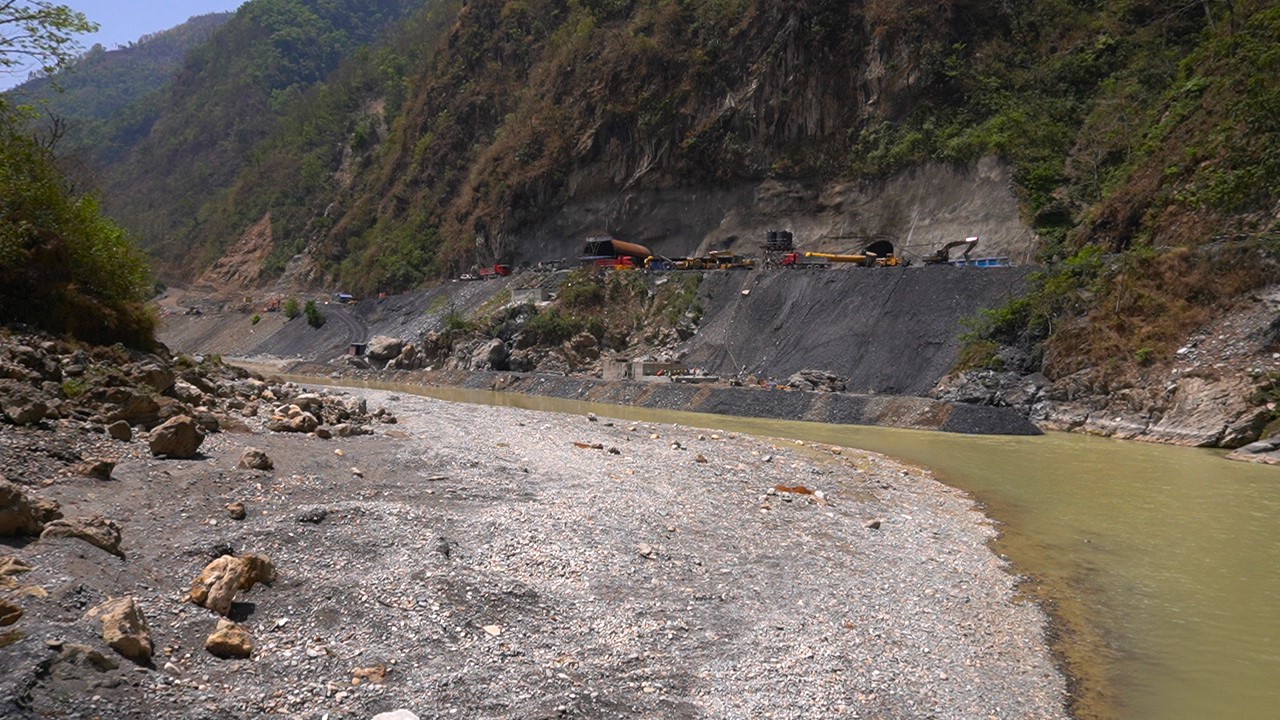
Expanding energy infrastructure
The controversy surrounding the Tanahu project is part of a broader pattern of issues affecting hydropower projects in Nepal, which benefits from its abundant water resources and mountainous terrain to produce most of its 3,602 MW of electricity-generating capacity. According to the Department of Electricity Development, there are 175 hydropower plants operating throughout the country, with plans to expand generating capacity to 28,500 MW by 2035.
But critics like Magar say that given the reputation of conflicts with communities, future projects show no signs of aligning with the rights and decisions of Indigenous and local peoples.
Despite a Supreme Court landmark directive in June 2025 urging all levels of government to align policies with International Labour Organization and United Nations statutes on Indigenous peoples’ rights, he said he remains skeptical about the implementation of these laws.
Magar said gaps between legal frameworks and on-the-ground enforcement could leave communities exposed to environmental, cultural and socioeconomic impacts from infrastructure projects.
Banner image: Magar people stage protest against the Tanahun Hydropower project. Image by Sanjog Laapaa Magar, INWOLAG.
Reporting confirms alleged Indigenous rights violations in Nepal hydropower project
Latest Mongabay podcast episode: England’s rewilding movement is gaining steam, Ben Goldsmith says. Listen here:
FEEDBACK: Use this form to send a message to the author of this post. If you want to post a public comment, you can do that at the bottom of the page.







